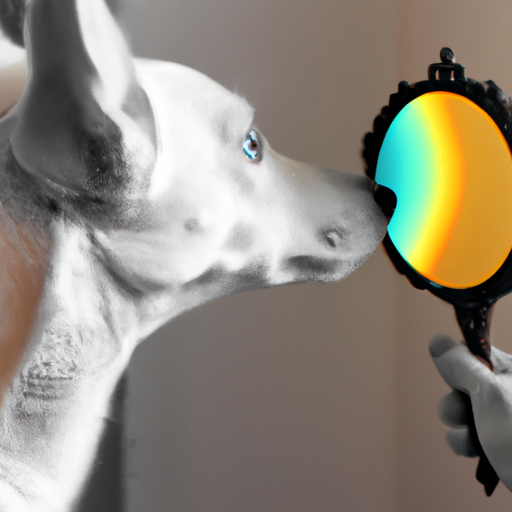Introduction
As a caregiver, you’re likely familiar with your dog’s warm, wet nose nuzzling against your hand. Have you ever noticed how the color of your dog’s nose changes? It’s not just your imagination. This phenomenon is actually quite common and has several potential causes.
The Basics: Understanding Your Dog’s Nose
Understanding the science behind your dog’s nose can help explain why it changes color. Here’s a helpful table to outline the basic parts of a dog’s nose.
| Part | Function |
|---|---|
| Nasal Planum | The usually black outer surface of the nose |
| Philtrum | The groove running down the middle of the nose to the mouth |
| Nostrils | Allow for the intake of air |
There are several factors that can impact the color of your dog’s nasal planum, the most visible part of the nose.
Why Dogs’ Noses Change Color: The Main Reasons
-
Age: Just like us, dogs can experience changes in their skin color as they age. This can include the nasal planum. It’s not uncommon for a dog’s black nose to become lighter or even pink as they get older.
-
Seasonal Changes: Known as ‘snow nose’ or ‘winter nose’, some dogs’ noses can change color with the seasons. This is thought to be related to temperature and sunlight exposure.
-
Health Issues: Certain health problems can cause changes in the color of a dog’s nose. This includes skin conditions, injuries, or more serious issues like autoimmune disorders.
Caring for Your Dog’s Nose
As a caregiver, it’s important to pay attention to these changes and know when to seek veterinary care.
- Regularly check your dog’s nose for any changes in color, texture, or sensitivity.
- If the color change is accompanied by other symptoms, such as changes in eating habits, energy levels, or behavior, it’s time to consult a vet.
- Protect your dog’s nose from harsh weather conditions. In the winter, apply a dog-safe moisturizer to prevent cracking and drying. In the summer, consider a dog-safe sunscreen to prevent sunburn.
FAQs
Q: Can I prevent my dog’s nose from changing color?
A: Most of the time, the color change is natural and not preventable. However, ensuring your dog’s overall health and protecting their nose from harsh conditions can help.
Q: Should I be worried if my dog’s nose changes color?
A: Not necessarily. If the color change is accompanied by other symptoms or if your dog appears to be in discomfort, it’s best to consult a vet.
Q: My dog’s nose turned from black to pink, is this normal?
A: Yes, this is a common change, especially in older dogs or during certain seasons. However, always consult a vet if you’re concerned.
Understanding your dog’s nose can help you provide the best care for your furry friend. As always, if you have any concerns about your dog’s health, consult a professional. Remember, you are your dog’s best advocate.



